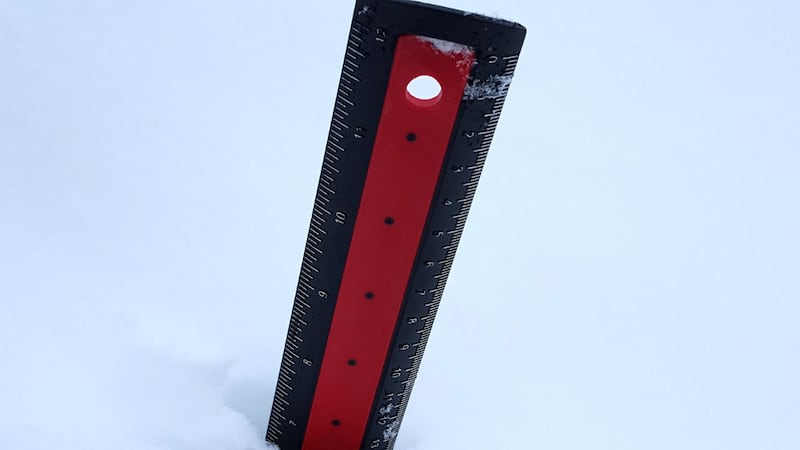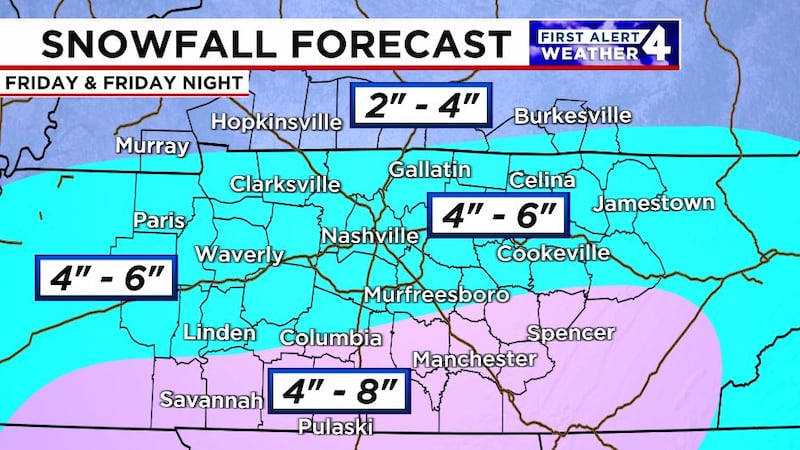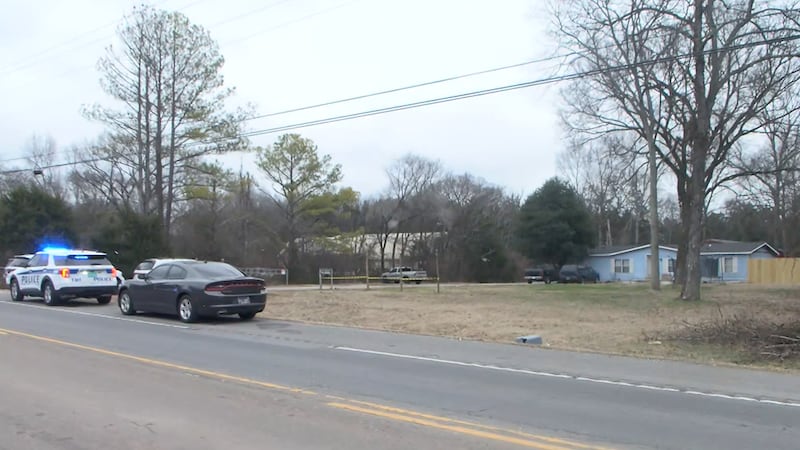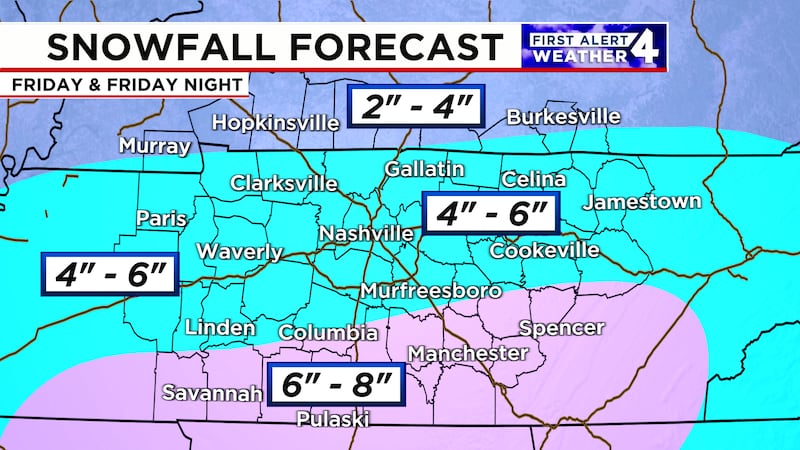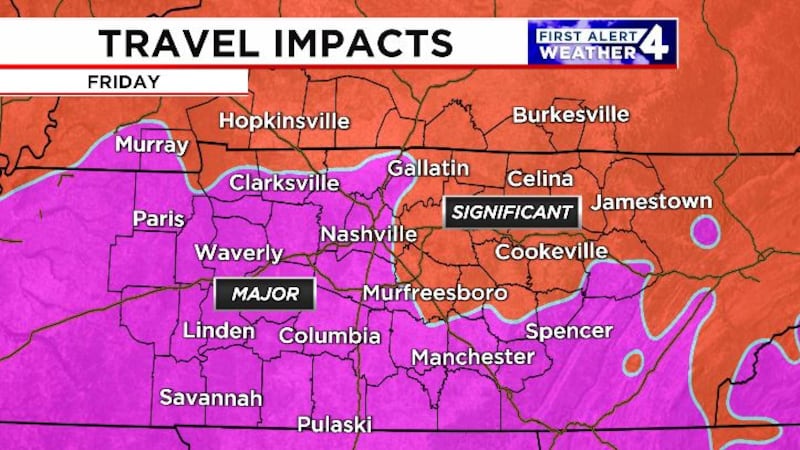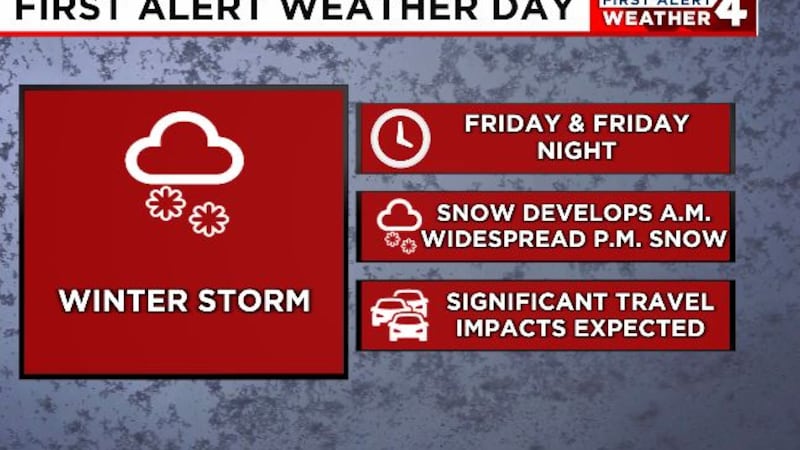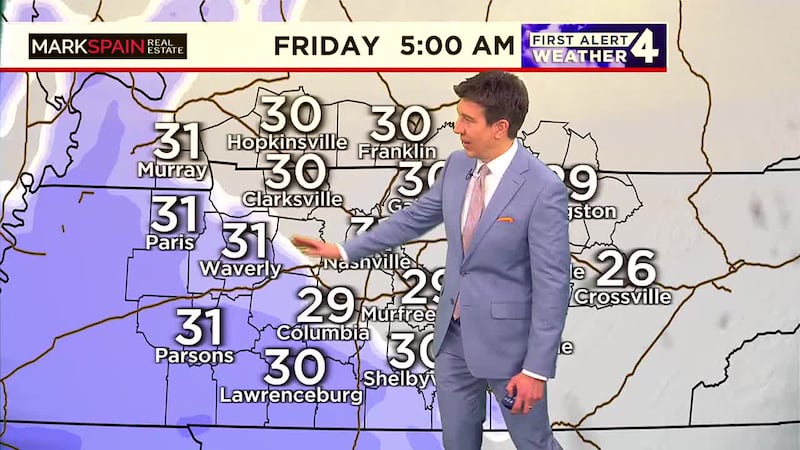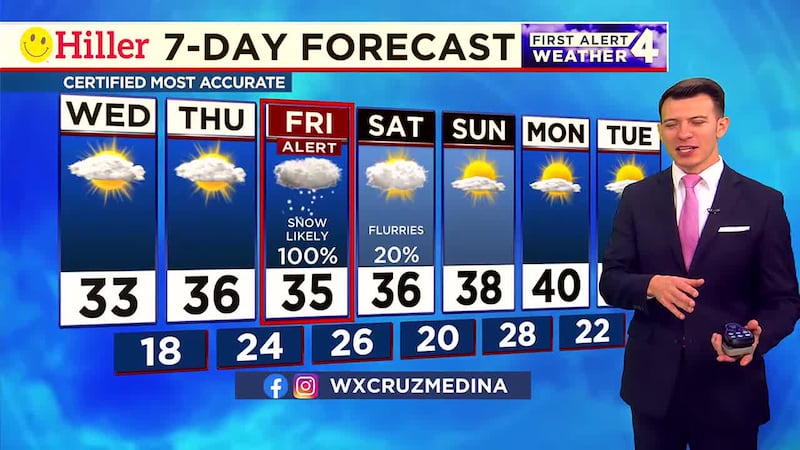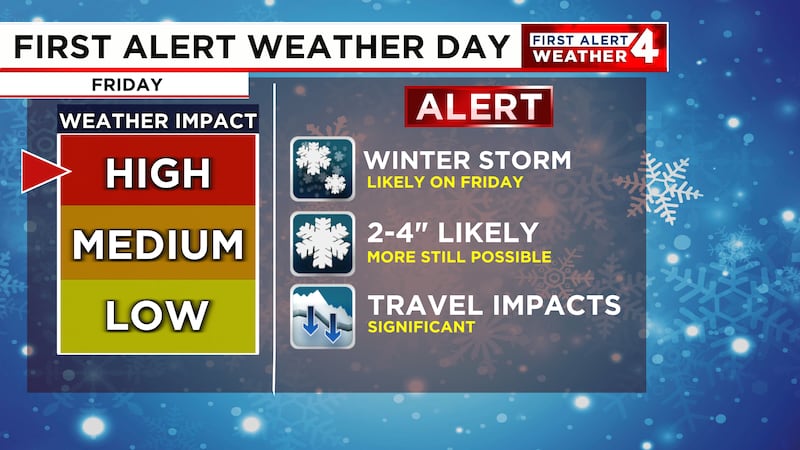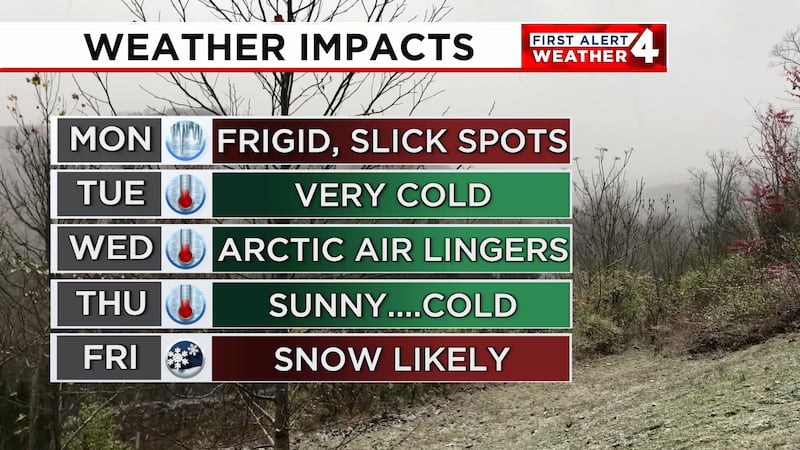The role Hurricane Hunters play in the official forecast for a tropical system
Hurricane Hunters fly into tropical systems to gather data.
NASHVILLE, Tenn. (WSMV) - With a hurricane landfall along the Gulf Coast looking likely this week, it will be wheels up for the Hurricane Hunters.
Since the 1940s, reconnaissance flights have been flown into tropical systems including hurricanes. Those flights continue today and play a huge role in developing the official National Hurricane Center forecast track.
The Hurricane Hunters complete missions into tropical systems spanning from the mid-Atlantic Ocean to the Caribbean Seas and the Gulf of Mexico. The Hurricane Hunters are based out of NOAA’s Aircraft Operations Center at Lakeland Linder International Airport in Lakeland, Florida.
Data collected by the agency’s high-flying meteorological stations helps make accurate forecasts during hurricanes and other tropical systems. Data collected during the flight missions also helps researchers have a better understanding of these systems to help improve future forecast models.
There are 2 main aircraft used by the Hurricane Hunters, P-3 Orion and F-IV Jet. Each one has a different function, but both are meant to withstand the intense conditions inside of tropical systems.
P-3 Orion’s main function is to fly into the storm. This aircraft probes every wind and pressure change during the course of an 8-10-hour mission. Scientists aboard the aircraft deploy GPS Dropsondes that continuously measure pressure, humidity, temperature, and wind direction as they fall toward the sea.
Aboard the P-3 Orion is also Doppler radar and lower fuselage radar systems which scan the storm vertically and horizontally to get a good look into the storm. This aircraft also deploys another kind of sensor that measures the temperatures of the sea.
The P-3 Orion is often tasked with reconnaissance flights as well. The purpose of these flights is to locate the center of the storm and measure central pressure and winds.
The other aircraft used, the G-IV Jet, is mainly used for flying above and around the storm. This aircraft can fly high, fast, and far. It has a range of 4,000 nautical miles and a cruising altitude of 45,000 ft. This aircraft paints a detailed picture of the upper atmosphere surrounding developing hurricanes.
The G-IV Jet, like the P-3 Orion, uses Dropsondes and tail Doppler radar to map the steering currents that influence the movement of hurricanes.
This aircraft studies more than just tropical systems, it also is used to gather data upstream of winter storms and “Atmospheric Rivers.”
Copyright 2024 WSMV. All rights reserved.

